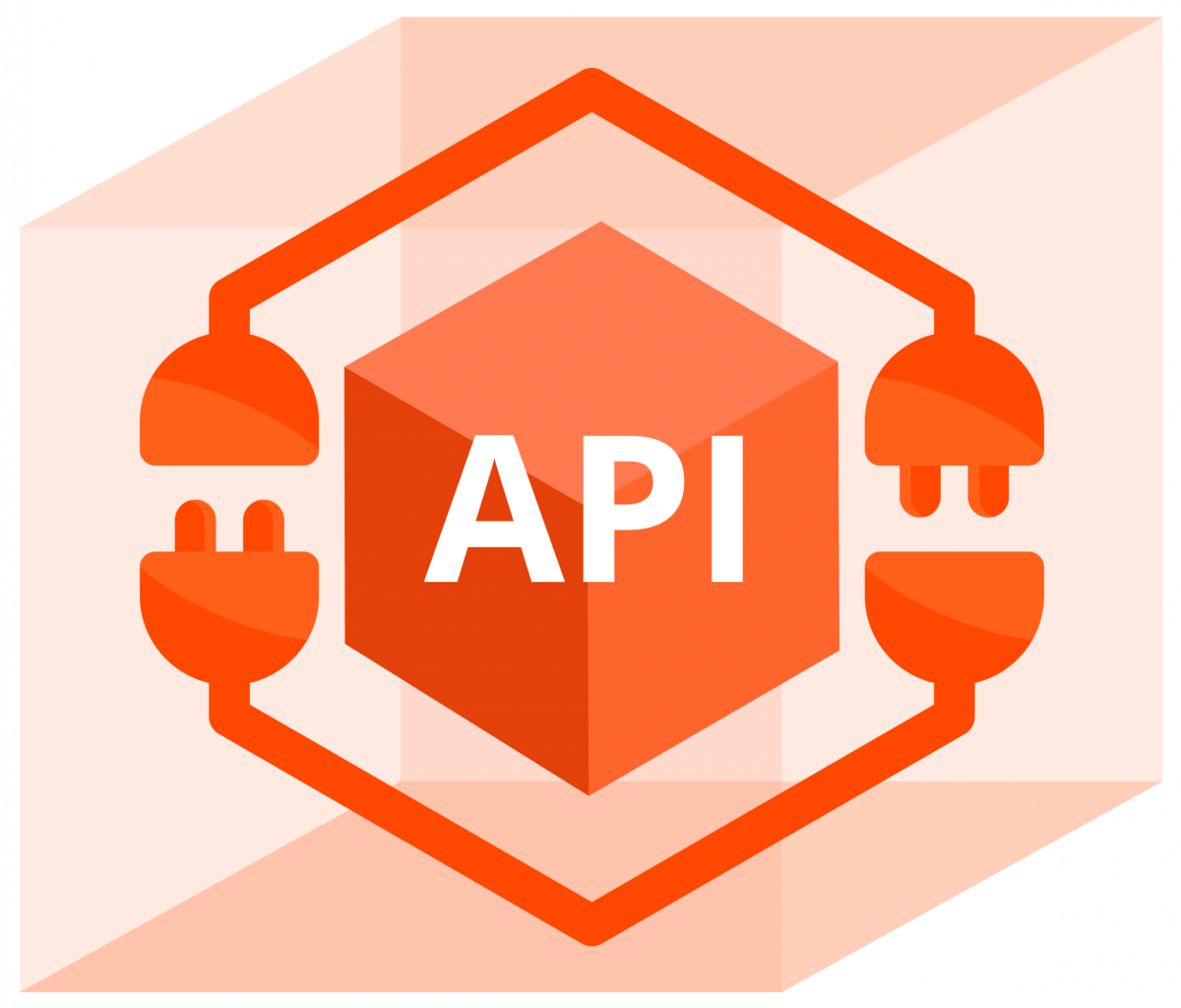API Basics: A Beginner’s Guide to APIs

This is a guest post written by Subho Halder, co-founder and chief information security officer at Appknox.
Applications these days are witnessing a meteoric rise in the number of functionalities and microservices. And with this rush to add more and more functionalities and build more applications at an unprecedented rate, the dependence on APIs (application programming interfaces) has also skyrocketed. This beginner’s guide to APIs covers API basics, such as common types of web-based APIs and the future of APIs.
Related: What is an API?
First of all, what is an API? An API is an intermediate software agent that allows dependent applications to communicate with each other. APIs provide a set of protocols, routines, and developer tools enabling software developers to extract and share information and let applications interact in an accessible manner.
Be it web APIs that connect web applications to other platforms or APIs used by IoT devices to collect and process data, the use of APIs has expanded like never before.
One prominent example of the APIs which we encounter in our day-to-day life is the “log in to your account with Google/Facebook/Twitter” functionality that you may find on several internet platforms. These APIs let the host application interact with the user’s social media account and make the login process much easier than before.
Another example is the LinkedIn API. Their API integrates with job search platforms to improve the user experience by fetching and displaying job listings that match the user’s LinkedIn profiles and preferences. This streamlines the job search process by providing personalized recommendations directly to the user.
Related: Use the API Basics Templates
Types of web-based APIs
APIs come in many types and forms. Which one a developer chooses among a variety of API protocols and standards depends on the purpose. The common API types include:
REST-based APIs
A data-driven architectural style of API development, REST (Representational State Transfer) is one of the most lucrative categories of web-based APIs. Based on Uniform Resource Identifiers (URIs) and HTTP protocol, REST-based APIs use JSON for data formatting which is considered to be browser-compatible.
REST-based APIs are extremely simple when it comes to building and scaling as compared to other types of APIs. When these types of APIs are put to action, they help facilitate client-server communications with ease and smoothness. Because REST-based APIs are simple, they can be the perfect APIs for beginners.
SOAP-based APIs
As compared to its peers, SOAP-based APIs (Simple Object Access Protocol) can be viewed as quite complex in terms of use. These APIs use a type of protocol known as Simple Object Access Protocol, which is a common communication protocol. This helps them in providing higher levels of security and makes them better at accuracy as compared with the REST-based APIs in the way messages are exchanged.
GraphQL-based APIs
GraphQL is one of the most advanced sets of web-based APIs where open-source data query and manipulation language is used. This makes it easier for forming a definitive pathway for the runtime that plays a vital role in fulfilling queries with the pre-existing data.
Although it is well known that GraphQL and REST APIs both use the same set of APIs, the major thing that differentiates them is the interface: a single interface-id is put to use by GraphQL when it comes to organizing data into the format of a graph.
Related: The future of GraphQL
XML-RPC
XML-RPC (Extensible Markup Language-Remote Procedure Call) can be described as another type of API protocol, which differentiates itself in terms of information security and the use of XML format that is specifically designed for transferring data. When compared to SOAP-based APIs, the XML-RPC protocols are easier and much simpler to use since they use minimum bandwidth.
WebSocket
A two-way interactive communication session between the user’s browser and a server can be made smoother and faster with the help of an organized set of APIs known as WebSockets. WebSocket APIs play a vital role in helping receive event-driven responses, and they also help in easier management of sending messages to a server. Plus, the entire process involving this doesn’t even require having to poll the server in order to receive a reply.
APIs are powering the future
Instead of focusing on isolated programs and applications, organizations are now shifting their focus towards building scalable and interactive solutions with the help of APIs. They have become an essential part of all the applications that we see today. Because of their widespread capabilities, APIs can make development faster, increase customer reach, enhance business value, and also reduce time-to-market without hampering the quality of the final product. Based on these facts, it’s safe to assume that the API-centered development approach will continue to grow and prosper in the upcoming future.
Technical review by Kin Lane.
Do you have your own experience or tips to share with the Postman community? We want to hear from you. Learn more about our guest blogger program and submit your idea here.

I find what I know so far about API and it’s basics very interesting… I can comprehend the information however foreign it is
Completely mesmerized by Subho Halder’s writing skills.
Include example coding of API